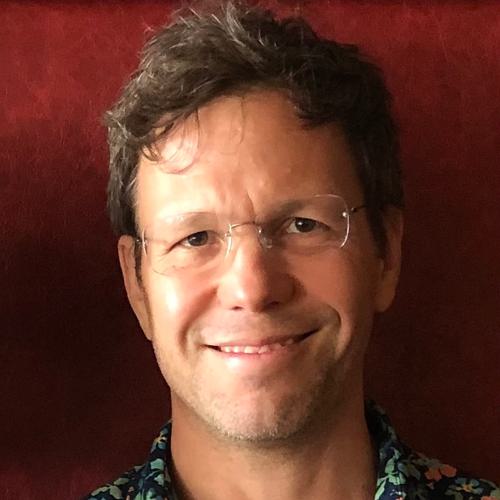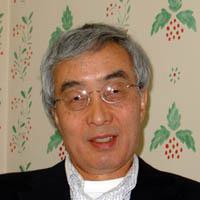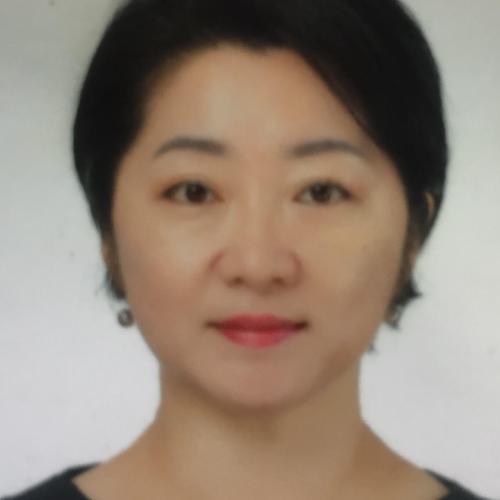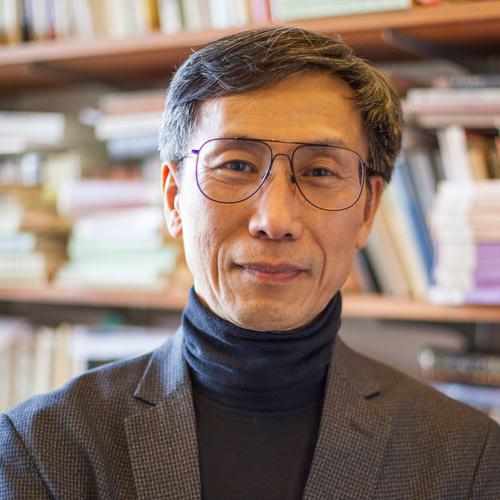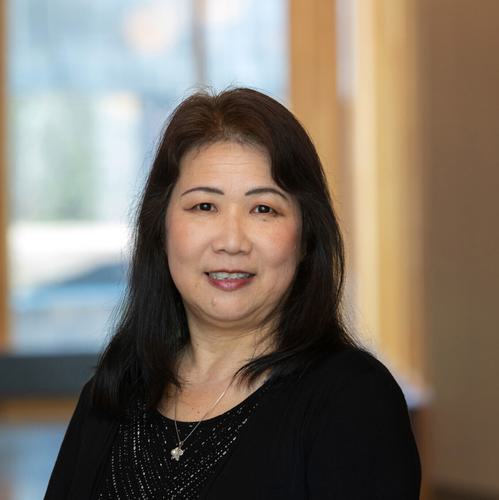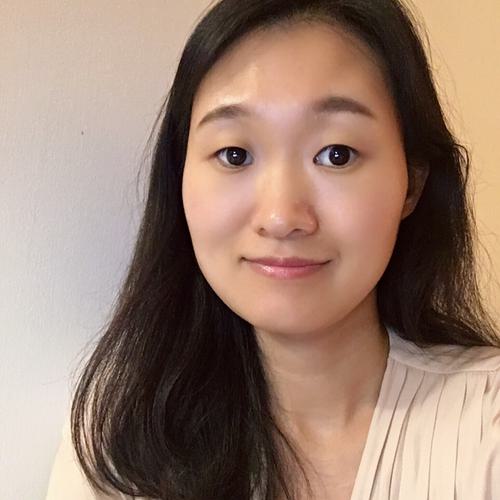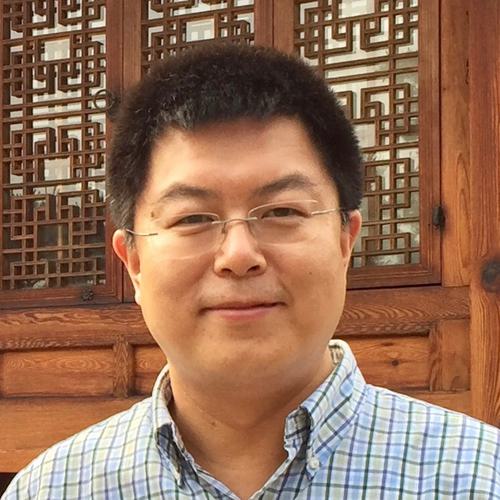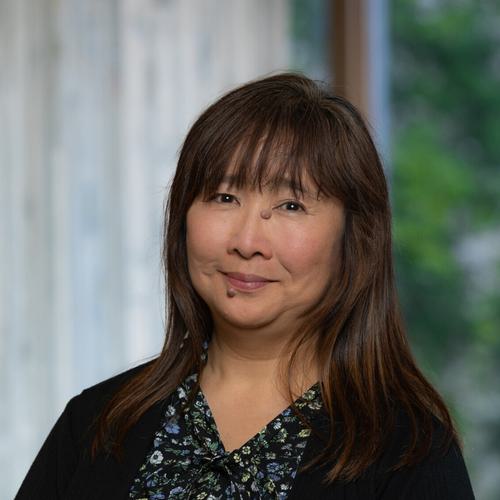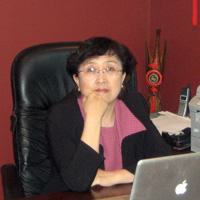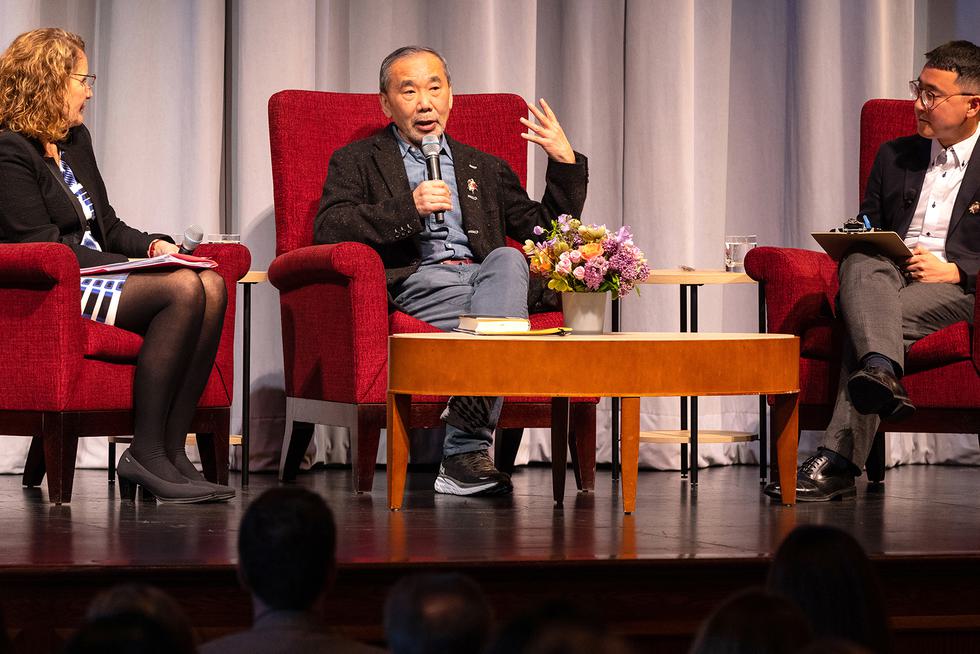East Asian Studies
Academic Program Introduction
East Asia is steeped in tradition yet forward-looking; divided yet interconnected; locally diverse yet globally central; fraught with uncertainty yet full of hope. For scholars, artists, and activists, it is a region of tremendous cultural, political, social, and economic interest.
We offer a customizable interdisciplinary major in coursework focused on Korea, Japan, and China. Students choose a concentration in one of these countries or a specific disciplinary approach. Courses are required in the social sciences and humanities, including work in languages. Balancing breadth and depth, students learn about particular East Asian societies as well as the historical and contemporary links between them.
Learning goals
Develop comprehensive knowledge in the area of concentration from a variety of disciplines, including art, history, literature, linguistics, politics, and religion.
Formulate various perspectives from which to examine events in traditional and contemporary East Asia.
Display language proficiency appropriate for social and professional settings in speaking, listening, reading, and writing in Mandarin Chinese, Japanese, or Korean.
Programs of Study
East Asian studies major
Students develop an understanding of East Asia as an interconnected region intertwined with the rest of the world.
Research highlights
-

Professor Sun-Hee Lee is focusing on Korean formulaic and stance expressions, developing a Korean learner corpus, and examining public discourse on the North Korean defectors, the #MeToo movement, and #AntiAsian Hate.
-

Professor Eve Zimmerman studies how female writers refashion the category of “girlhood” in postwar Japanese fiction, manga, and memoir. Her translation of “Remaining Flowers” by Nakagami Kenji can be found in the Penguin Collection of Contemporary Japanese Fiction (2020).
-

Professor Heng Du’s current book project, Paratext and the Transformation of Early Chinese Writings, explores the intentions of the nameless thinkers and compilers involved in manuscript production.
Opportunities
-
East Asian studies and East Asian languages and cultures (EALC) opportunities
Numerous summer and academic year study-abroad options, internships, and fellowships are available. Learn more about these opportunities on the EALC page.
106 Central Street
Wellesley, MA 02481



